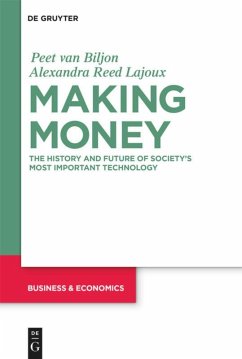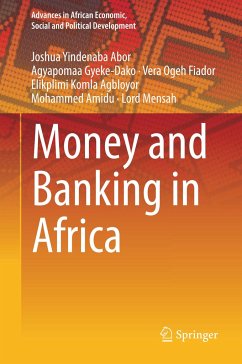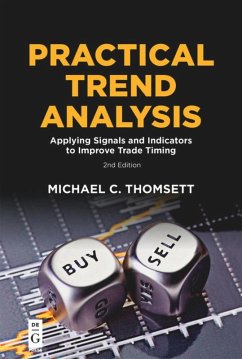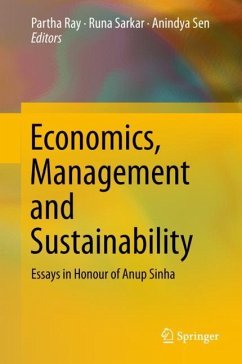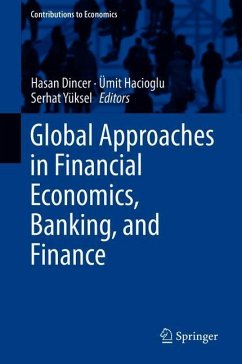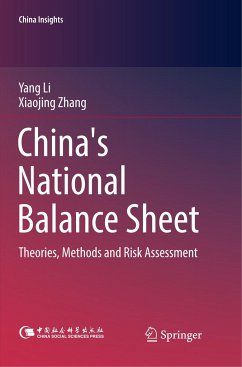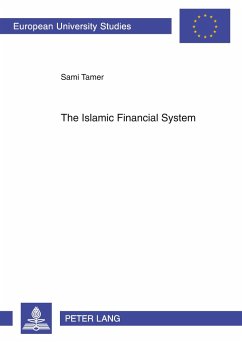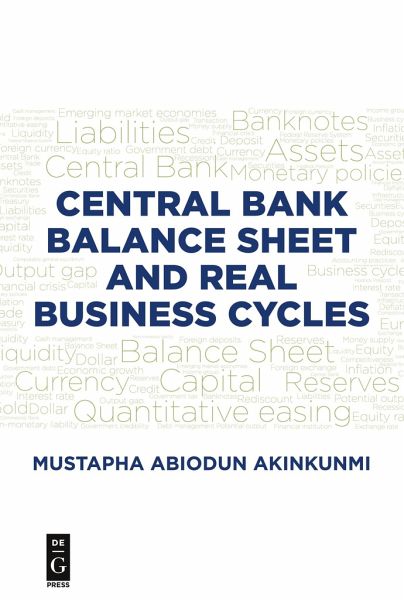
Central Bank Balance Sheet and Real Business Cycles
Versandkostenfrei!
Versandfertig in 1-2 Wochen
39,95 €
inkl. MwSt.
Weitere Ausgaben:

PAYBACK Punkte
0 °P sammeln!
Central Bank Balance Sheet and Real Business Cycles argues that a deeper comprehension of changes to the central bank balance sheet can lead to more effective policymaking. Any transaction engaged in by the central bank-issuing currency, conducting foreign exchange operations, investing its own funds, intervening to provide emergency liquidity assistance and carrying out monetary policy operations-influences its balance sheet. Despite this, many central banks throughout the world have largely ignored balance sheet movements, and have instead focused on implementing interest rates.In this book,...
Central Bank Balance Sheet and Real Business Cycles argues that a deeper comprehension of changes to the central bank balance sheet can lead to more effective policymaking. Any transaction engaged in by the central bank-issuing currency, conducting foreign exchange operations, investing its own funds, intervening to provide emergency liquidity assistance and carrying out monetary policy operations-influences its balance sheet. Despite this, many central banks throughout the world have largely ignored balance sheet movements, and have instead focused on implementing interest rates.
In this book, Mustapha Abiodun Akinkunmi highlights the challenges and controversies faced by central banks in the past and present when implementing policies, and analyzes the links between these policies, the central bank balance sheet, and the consequences to economies as a whole. He argues that the composition and evolution of the central bank balance sheet provides a valuable basis for understanding the needs of an economy, and is an important tool in developing strategies that would most effectively achieve policy goals. This book is an important resource for anyone interested in monetary policy or whose work is affected by the actions of the policies of central banks.
In this book, Mustapha Abiodun Akinkunmi highlights the challenges and controversies faced by central banks in the past and present when implementing policies, and analyzes the links between these policies, the central bank balance sheet, and the consequences to economies as a whole. He argues that the composition and evolution of the central bank balance sheet provides a valuable basis for understanding the needs of an economy, and is an important tool in developing strategies that would most effectively achieve policy goals. This book is an important resource for anyone interested in monetary policy or whose work is affected by the actions of the policies of central banks.





